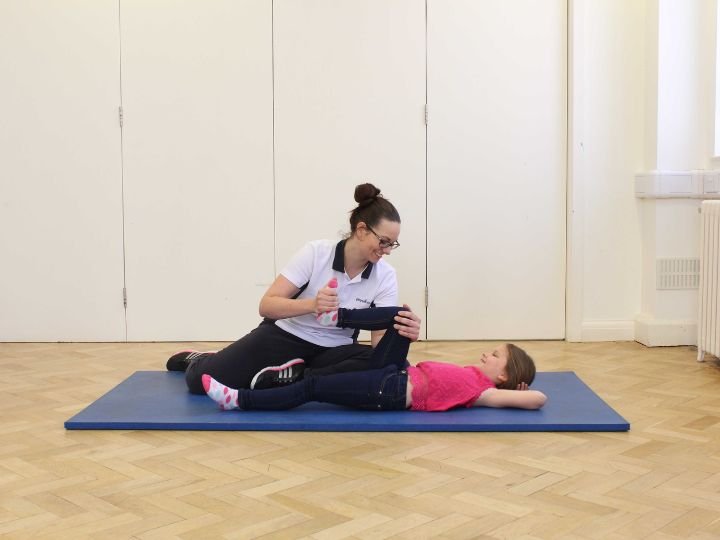Short Answer
Managing executive-function challenges linked to dyspraxia in adults involves structured planning, time management strategies, environmental adjustments, and consistent use of tools and routines. Combining professional guidance with practical daily strategy can significantly improve organisation, productivity, and confidence.
Understanding Dyspraxia in Adults
Dyspraxia is a neurological condition that affects coordination, motor planning, and sometimes cognitive functions. While often associated with children, many adults continue to experience challenges that impact daily tasks, work performance, and social interactions. One of the key areas affected is executive functioning — the brain’s ability to plan, organise, and regulate behaviour effectively.
Executive-function challenges in adults with dyspraxia can manifest as difficulty managing time, prioritising tasks, remembering appointments, or even starting and completing projects. Recognising these challenges is the first step toward implementing effective strategies.
Create Structured Routines
One of the most effective ways to manage executive-function difficulties is through structured routines. Adults with dyspraxia benefit from predictable schedules that break the day into manageable segments.
- Daily Planners: Using paper or digital planners can help visualise tasks and deadlines. Colour-coding tasks by urgency or type can make schedules easier to follow.
- Time Blocks: Allocate specific times for work, breaks, meals, and leisure. This reduces cognitive load by creating clear boundaries for activities.
- Consistent Habits: Performing specific tasks at the same time each day, such as checking emails in the morning or organising bills on Fridays, can reduce stress and improve efficiency.
Structured routines act as an external support system, helping adults with dyspraxia stay on track even when executive functions are challenged.
Use Assistive Tools and Technology
Technology can plays an vital role in supporting executive-function management. There are numerous apps and tools designed to help with planning, memory, and organisation.
- Digital Reminders: Smartphone alarms or calendar notifications can prevent forgotten appointments or missed deadlines.
- Task Management Apps: Tools like Trello, Asana, or Microsoft To Do allow for task prioritisation, checklists, and progress tracking.
- Voice Notes and Recording: Using voice memos for reminders or recording instructions can support memory challenges associated with dyspraxia in adults.
Selecting the right tools depends on personal preference and comfort. Trial and error may be necessary, but once a system is established, it can significantly reduce daily stress and increase productivity.
Break Tasks Into Smaller Steps
Large tasks or projects can feel overwhelming for adults with dyspraxia due to difficulties in planning and sequencing. Breaking tasks into smaller, achievable steps can improve focus and reduce frustration.
- Step-by-Step Planning: Write down each stage of a project and tackle them one at a time.
- Checklists: Use checklists to track progress and maintain a sense of accomplishment.
- Time Allocation: Estimate how long each step will take and schedule accordingly to avoid overcommitting.
By simplifying complex activities, adults with dyspraxia can maintain momentum and prevent the cognitive overload that often accompanies executive-function challenges.
Modify Your Environment
Environmental adjustments can make daily life more manageable. Adults with dyspraxia often respond well to spaces that are organised, predictable, and free of unnecessary distractions.
- Decluttered Workspaces: Keep frequently used items easily accessible.
- Visual Cues: Labels, sticky notes, or colour-coded systems can serve as reminders.
- Quiet Zones: Minimising noise and interruptions can help maintain focus during challenging tasks.
Small changes in the environment can have a big impact on an adult’s ability to manage executive-function difficulties and improve overall efficiency.
Seek Professional Guidance
While practical strategies are highly effective, professional support can enhance outcomes. Professionals specialising in dyspraxia can provide tailored strategies, recommend adaptive equipment, and help implement structured routines.
- Occupational Therapy: Professionals can develop personalised programmes to improve coordination, planning, and daily functioning.
- Cognitive Behavioural Strategies: Support for time management, organisation, and problem-solving skills can be provided by trained professionals.
- Support Networks: Joining adult dyspraxia support groups can offer shared experiences as well as practical tips for managing challenges.
Collaborating with professionals ensures that strategies are appropriate for individual needs and can evolve as life demands change.
Encourage Self-Compassion and Flexibility
Managing executive-function challenges can be frustrating. Adults with dyspraxia often experience setbacks despite best efforts. Practising self-compassion and maintaining flexibility is crucial.
- Set Realistic Goals: Understand personal limits and avoid unrealistic expectations.
- Celebrate Small Wins: Recognise and reward achievements, no matter how minor.
- Adjust When Necessary: Life is unpredictable; revising plans and strategies is a natural part of progress.
A compassionate approach reduces stress, enhances motivation, and supports long-term success.
Practical Lifestyle Habits
Daily habits can reinforce executive-function management. Incorporating healthy routines helps maintain mental clarity and energy levels.
- Regular Exercise: Physical activity improves focus, coordination, and overall wellbeing.
- Balanced Diet: Nutrition affects energy, concentration, and cognitive performance.
- Sleep Hygiene: Consistent sleep routines support memory and organisational abilities.
These lifestyle habits complement practical strategies and professional guidance, creating a holistic approach to managing dyspraxia in adults.
Final Thought
Managing executive-function challenges linked to dyspraxia in adults requires a combination of structured routines, assistive tools, environmental modifications, and professional support. When practical strategies are paired with personalised guidance, adults can achieve greater independence, productivity, and confidence. Exploring dyspraxia treatment options tailored to individual needs can further enhance daily functioning and long-term outcomes.





